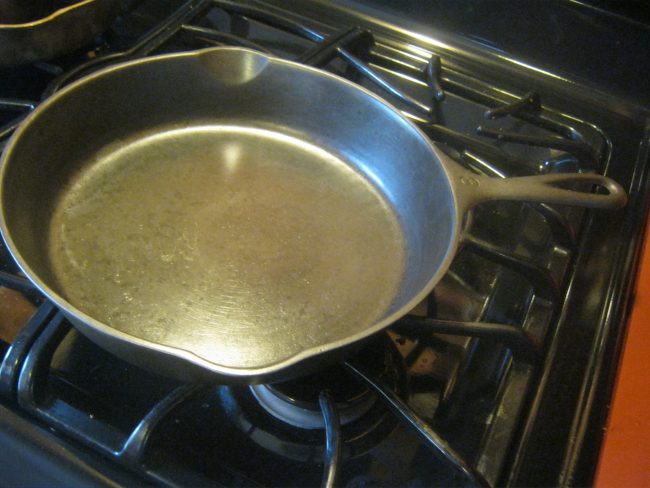
If you’re looking for new kitchen cookware, then here are some of the best options that master chefs and stay-at-home moms recommend.
Types of Kitchen Cookware
There are many types of kitchen cookware available today…
Stainless Steel
Stainless steel is one of the cleanest types of cooking surfaces you will ever encounter. Attractive pieces make for a graceful transition from cooking to the dining room table. You usually only need a small bit of oil in the pan to cook with them, and they resist sticking and won’t react to acids. Meaning, you can make spaghetti sauces, and use acidic ingredients in stainless steel pans.
It’s also usually magnetic, so it’s compatible with induction cooktops, if you have one or are thinking of getting one. Also, it’s dishwasher safe, making it a family-friendly option.
Nonstick Pans
Non-stick pans are best for a simple cleanup. You do need oil, but much less of it. And, that means it eliminates some fat from your diet if you’re trying to watch your fat intake. But, they also scratch more easily than uncoated cookware. This means you have to avoid using metal utensils with them. And, food tends not to brown as well in a non-stick pan. And, here’s where most people pass on non-stick: they tend not to be dishwasher safe due to the coating although some are. Pieces are, however, oven-safe up to 500 degrees in many cases. If you do want nonstick pans, we recommend ceramic cookware and titanium pans are good too.
Uncoated
If you want to be able to brown your food, and braise it, then go with uncoated cookware. This type of cookware is tougher to clean, which is why a lot of people don’t use it. If you do go with it, you might still want a non-stick pan or two.
Cast Iron
Cast iron was the original heavy-duty kitchen appliance. Before there were stoves, there was cast iron over a fire. It’s durable, and some of the newer ones are enamel coated. They hold heat very well, but they don’t heat up very quickly. They’re great for things like searing, simply because they will hold heat for a long time. And, it’s a very even heat.
You can also slow-cook with cast iron and use it on the grill.
The only downside with cast iron is it’s heavy — by far the heaviest of all cooking options. And, you do need to season it, which can be a lengthy process, to get a good non-stick surface out of it.
Stoneware
Stonewear is colorful and often looks great in the kitchen. The 10 best ceramic cookware reviews show which brands tend to be most reliable.
But, most brands are well-constructed enough that you can go from the oven to the table pretty easily. And, because most of them are made from durable porcelain and enamel, they resist sticking and chipping, scratching, and stains. High-fired stoneware is very strong and ensures even heating. It’s oven-safe up to 500 degrees from most manufacturers, and can even be stored in the freezer and used in the microwave — something you can’t do with a metal pan.
Carbon Steel
Carbon steel is a favorite of chefs because it’s extremely durable. And, it cleans up easily. Carbon and blue steel are designed for high-performance cooking. As such, they conduct heat rapidly. They’re ideal materials for woks and omelet or crepe pans. They are typically used for specialty applications, though. Because it’s steel, it’s ideal for pretty much any cooktop application, including induction cooking.
GUEST BLOGGER:
Nate Lau is the founder of StoneFryingPans.com. A chef by day and a writer by night, he is passionate in all aspects of cooking and kitchen cookware. When he’s not in the kitchen, Nate is hiking up a mountain, reading on the beach and playing with his 2-year old daughter.



